Assignment Earth, Environmental Protection / 20.07.2010
Sage Grouse in the spotlight – The Joy Trip Project
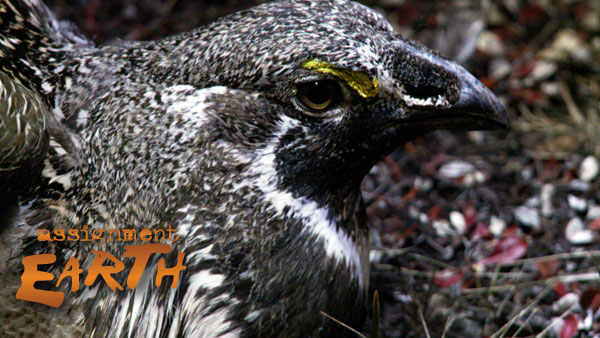
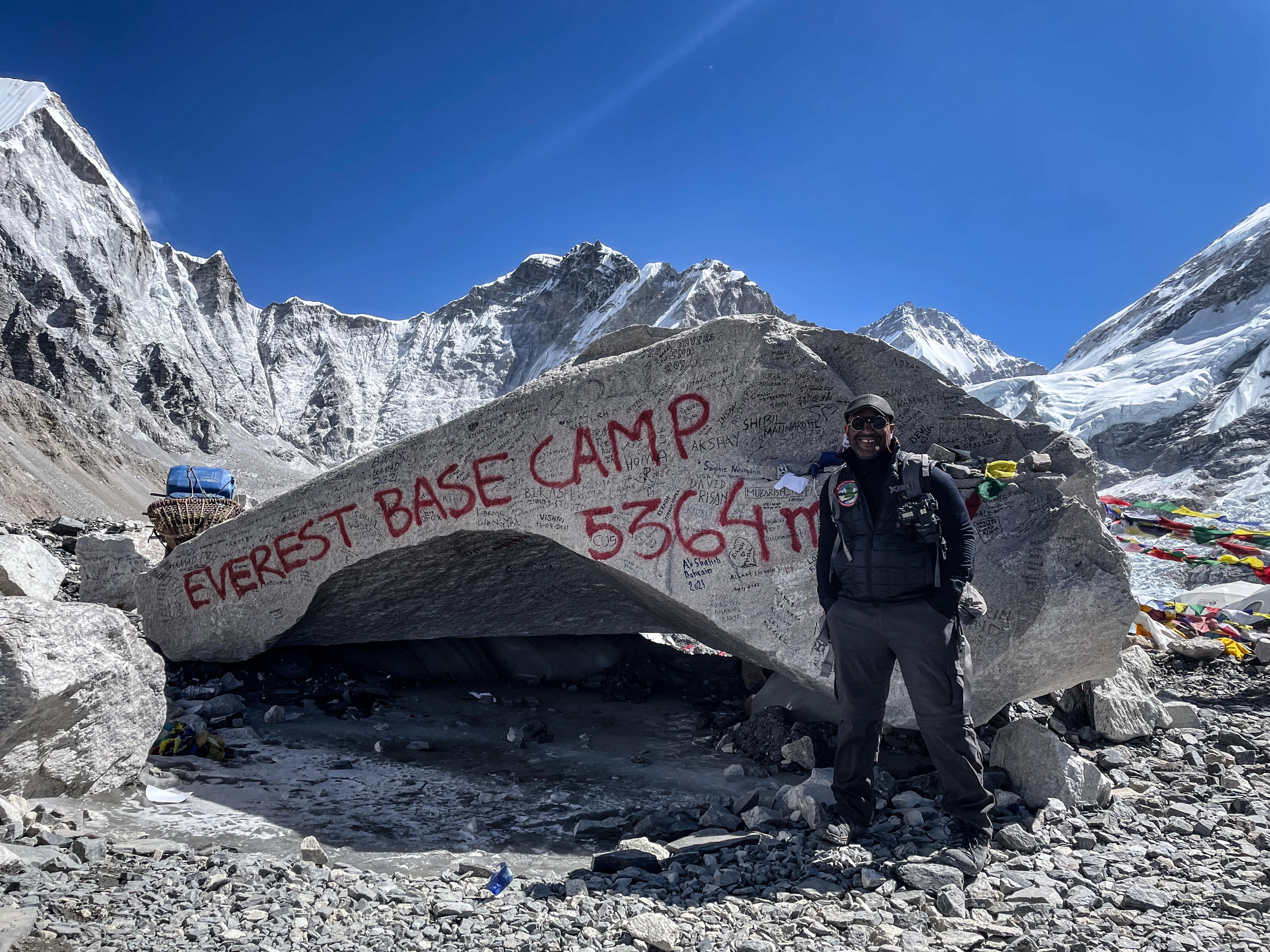
Reporting on the Business, Art and Culture of the Active Lifestyle
by James Edward Mills
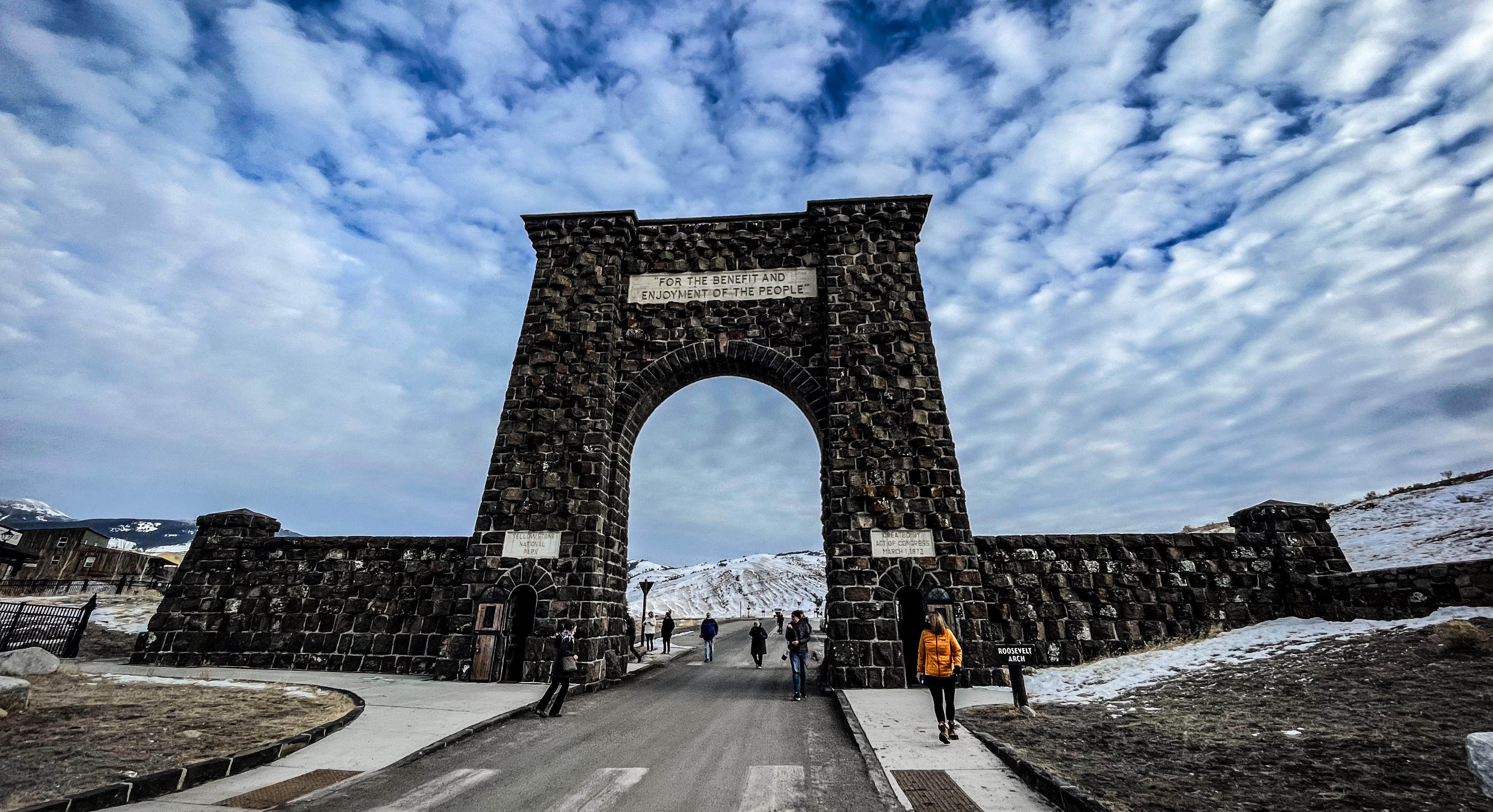
Parks Paid Forward
Learn More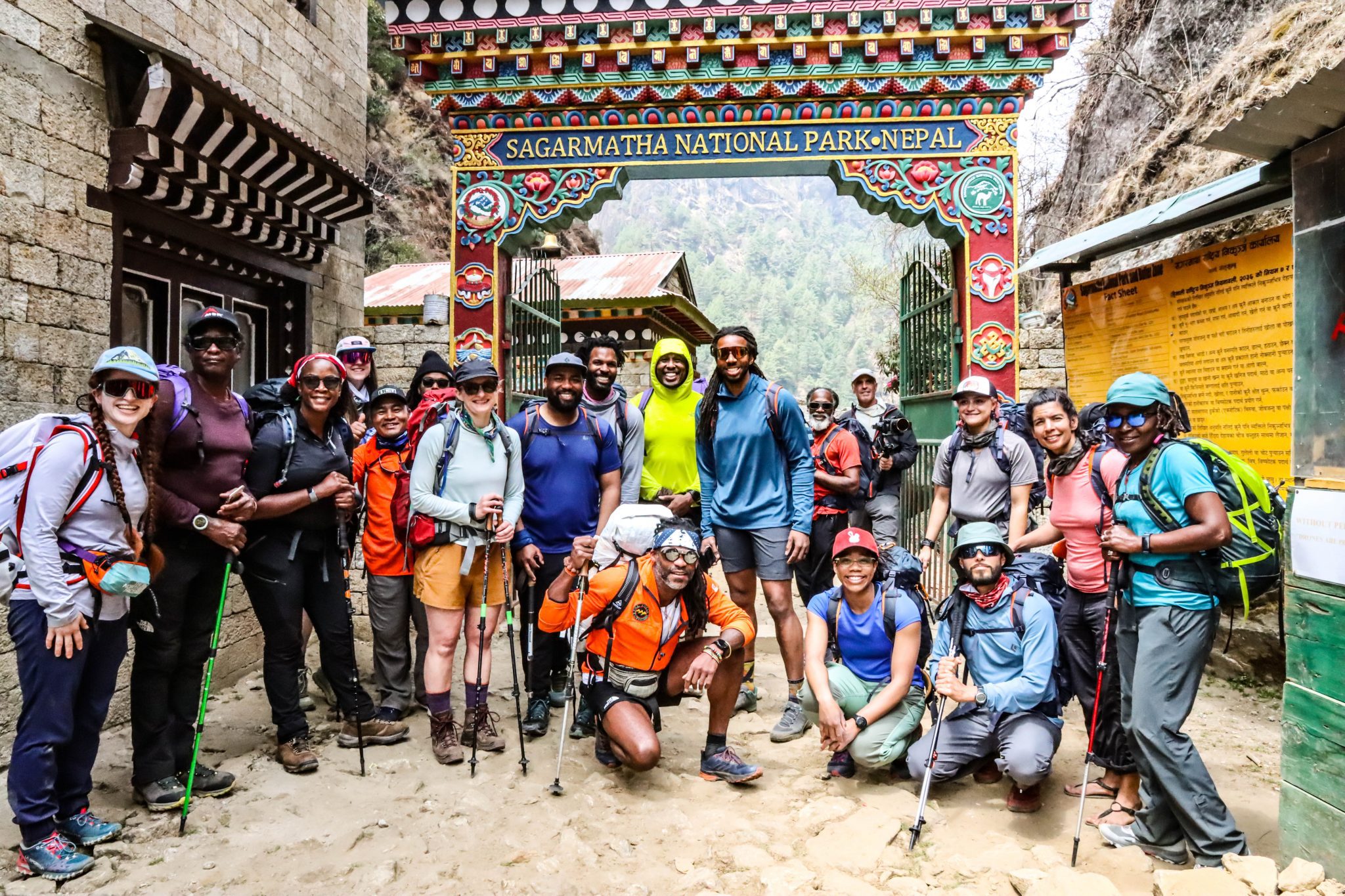
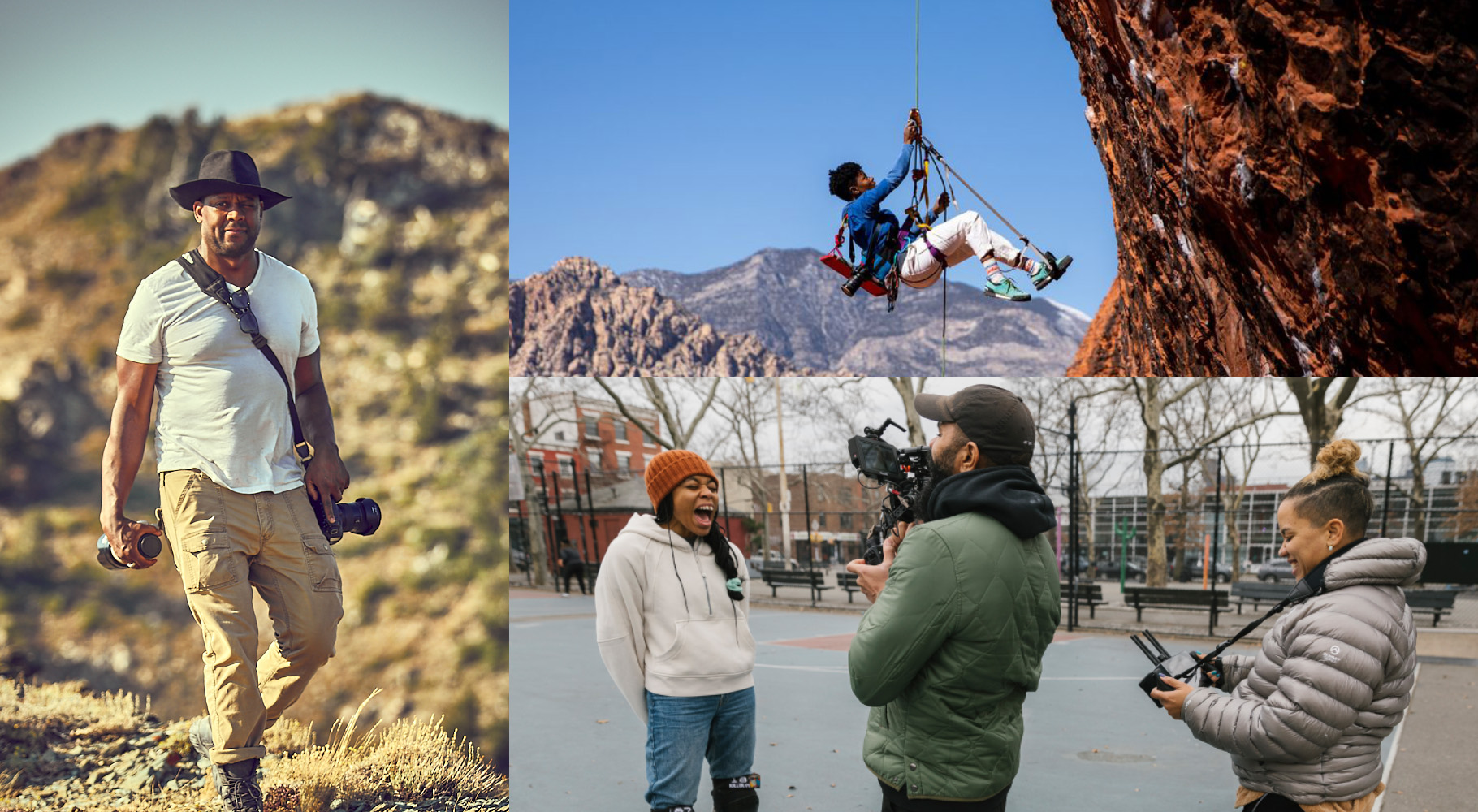
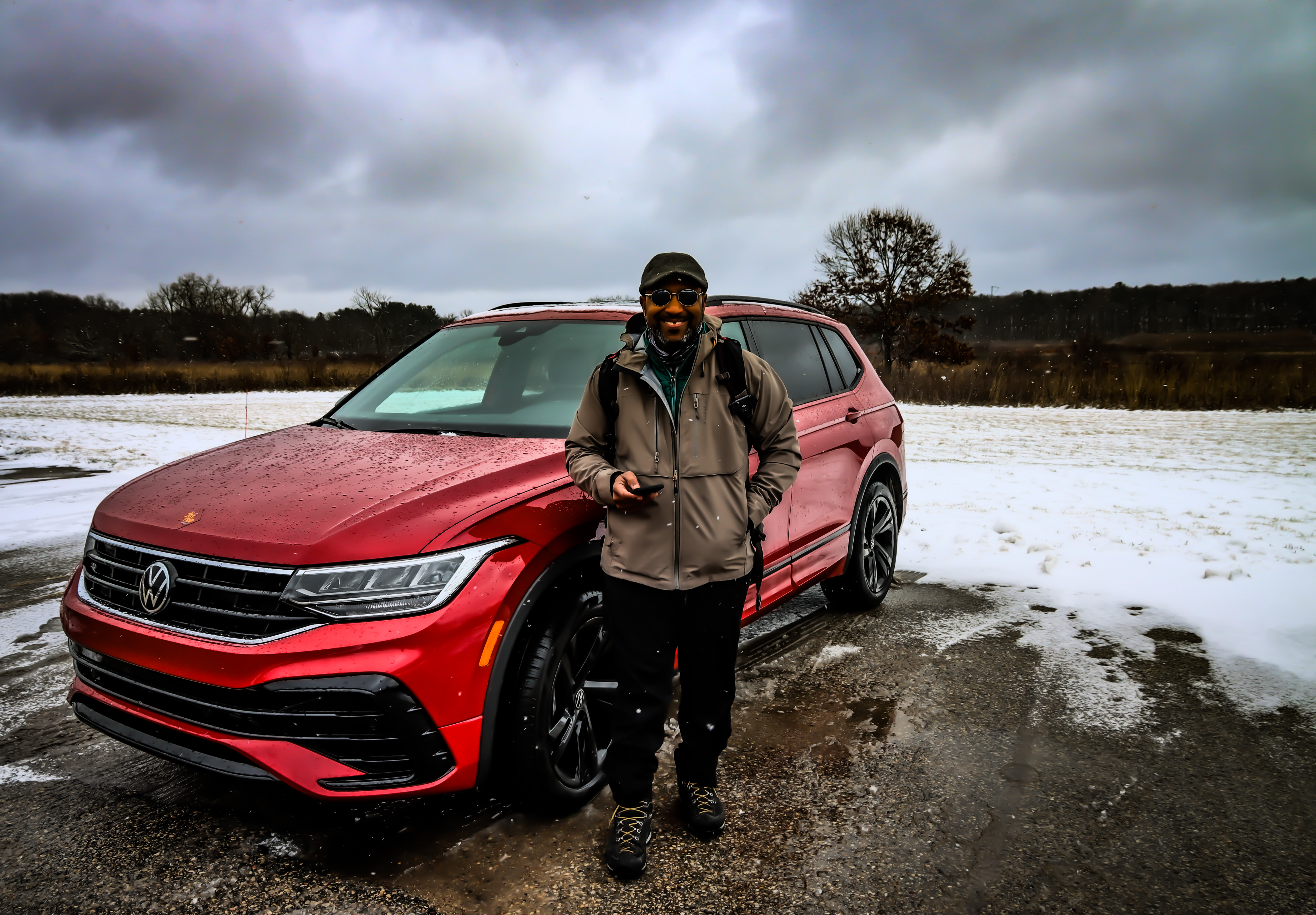

 People constantly ask me: "Do you ever run out of story ideas?" Actually I don't. There's always something to write about. The hard part is keeping it fresh and interesting. Typically I write about people I meet who do good in the world, selfless individuals who work tirelessly to improve the lives of those around them. Over the last few weeks in fact I've been inundated with dozens of amazing stories about people doing great things on behalf of the environment or for the benefit of others. The hard part as journalist is to pick the stories that are most engaging and compelling.
Unfortunately what happens is that when so many people are doing so much good the cynic in me becomes a bit jaded and I'm left to wonder which stories are truly worth exploring further, to write about and share with a broader audience. Even Everest climbers and ultra-distance runners raising money to cure cancer or end hunger are becoming cliché. We’ve been there, done that, another tired phrase. Suddenly I understand why the nightly news is always full of murder and mayhem. These are exciting isolated events that draw a person's interest because they're unusual. Deeds of common good are, well...boring.
People constantly ask me: "Do you ever run out of story ideas?" Actually I don't. There's always something to write about. The hard part is keeping it fresh and interesting. Typically I write about people I meet who do good in the world, selfless individuals who work tirelessly to improve the lives of those around them. Over the last few weeks in fact I've been inundated with dozens of amazing stories about people doing great things on behalf of the environment or for the benefit of others. The hard part as journalist is to pick the stories that are most engaging and compelling.
Unfortunately what happens is that when so many people are doing so much good the cynic in me becomes a bit jaded and I'm left to wonder which stories are truly worth exploring further, to write about and share with a broader audience. Even Everest climbers and ultra-distance runners raising money to cure cancer or end hunger are becoming cliché. We’ve been there, done that, another tired phrase. Suddenly I understand why the nightly news is always full of murder and mayhem. These are exciting isolated events that draw a person's interest because they're unusual. Deeds of common good are, well...boring.
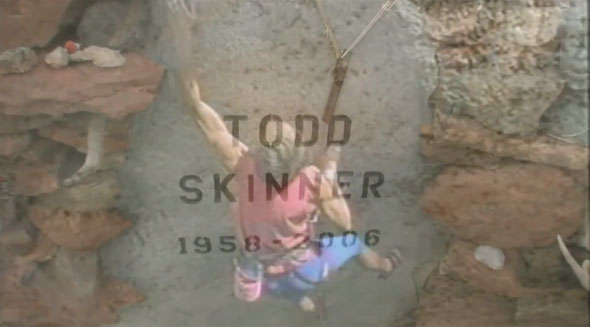
This new video by rap artist Odub and singer/songwriter Misty Murphy celebrates the life and enduring legacy of the late climber Todd Skinner
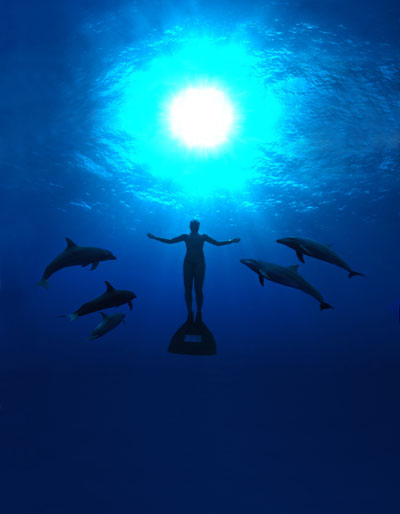 The truths discovered in documentary films often reveal far more than meet the eye. In his Oscar winning movie "the Cove" photojournalist Louie Psihoyos takes us on an adventure that perhaps shows us more than we want to see.
“I lead an elite team of activists to penetrate a secret cove in Japan to reveal a dark secret,” Psihoyos said.
The Cove, part action thriller, part nature film is the exciting story behind a covert operation to document one of the most horrific atrocities of the 21st century, the systematic slaughter of dolphins.
“They kill more dolphins than anywhere on the planet right there at this cove, which incidentally is in a Japanese national park, a marine sanctuary,” Psihoyos said. That’s the irony of this whole thing. But it’s also the scene of the captive dolphin trade. Most of the captive dolphins in the world come from this little cove.”
The truths discovered in documentary films often reveal far more than meet the eye. In his Oscar winning movie "the Cove" photojournalist Louie Psihoyos takes us on an adventure that perhaps shows us more than we want to see.
“I lead an elite team of activists to penetrate a secret cove in Japan to reveal a dark secret,” Psihoyos said.
The Cove, part action thriller, part nature film is the exciting story behind a covert operation to document one of the most horrific atrocities of the 21st century, the systematic slaughter of dolphins.
“They kill more dolphins than anywhere on the planet right there at this cove, which incidentally is in a Japanese national park, a marine sanctuary,” Psihoyos said. That’s the irony of this whole thing. But it’s also the scene of the captive dolphin trade. Most of the captive dolphins in the world come from this little cove.”

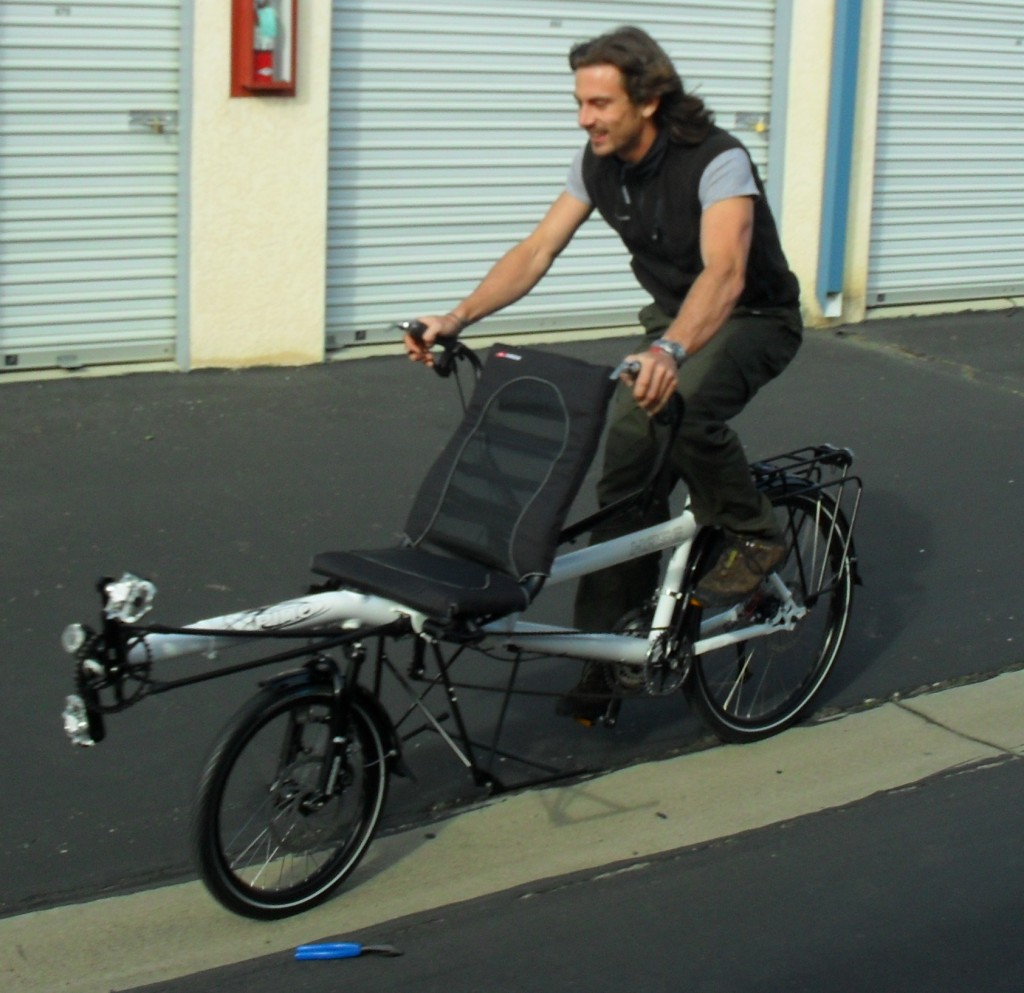



You must be logged in to post a comment.